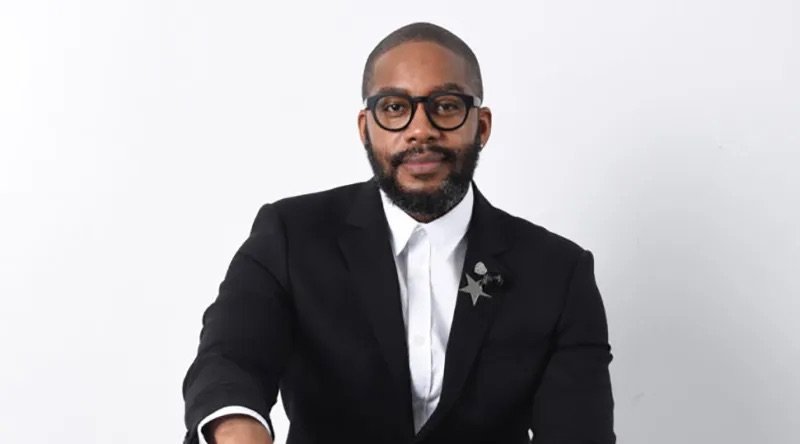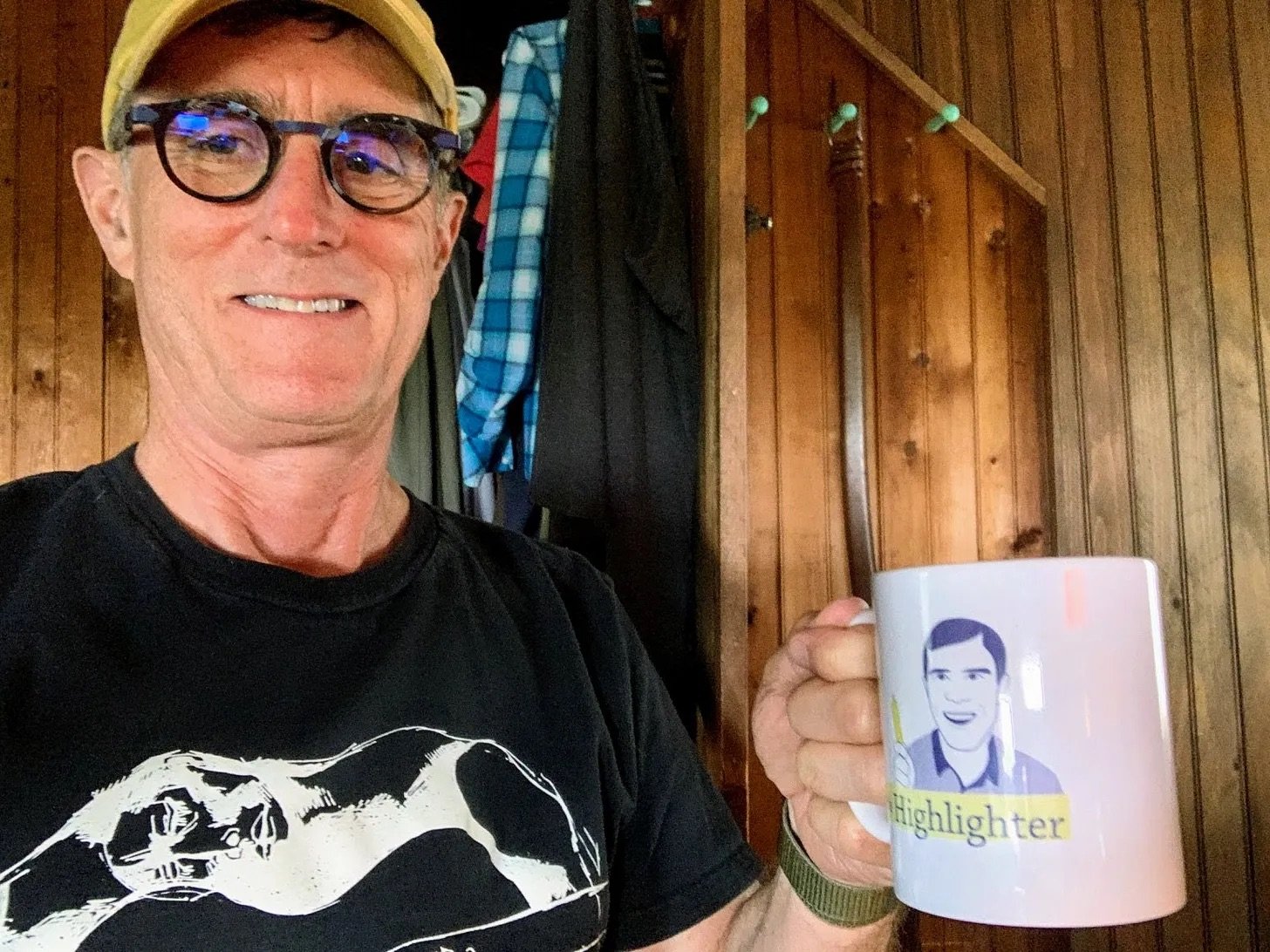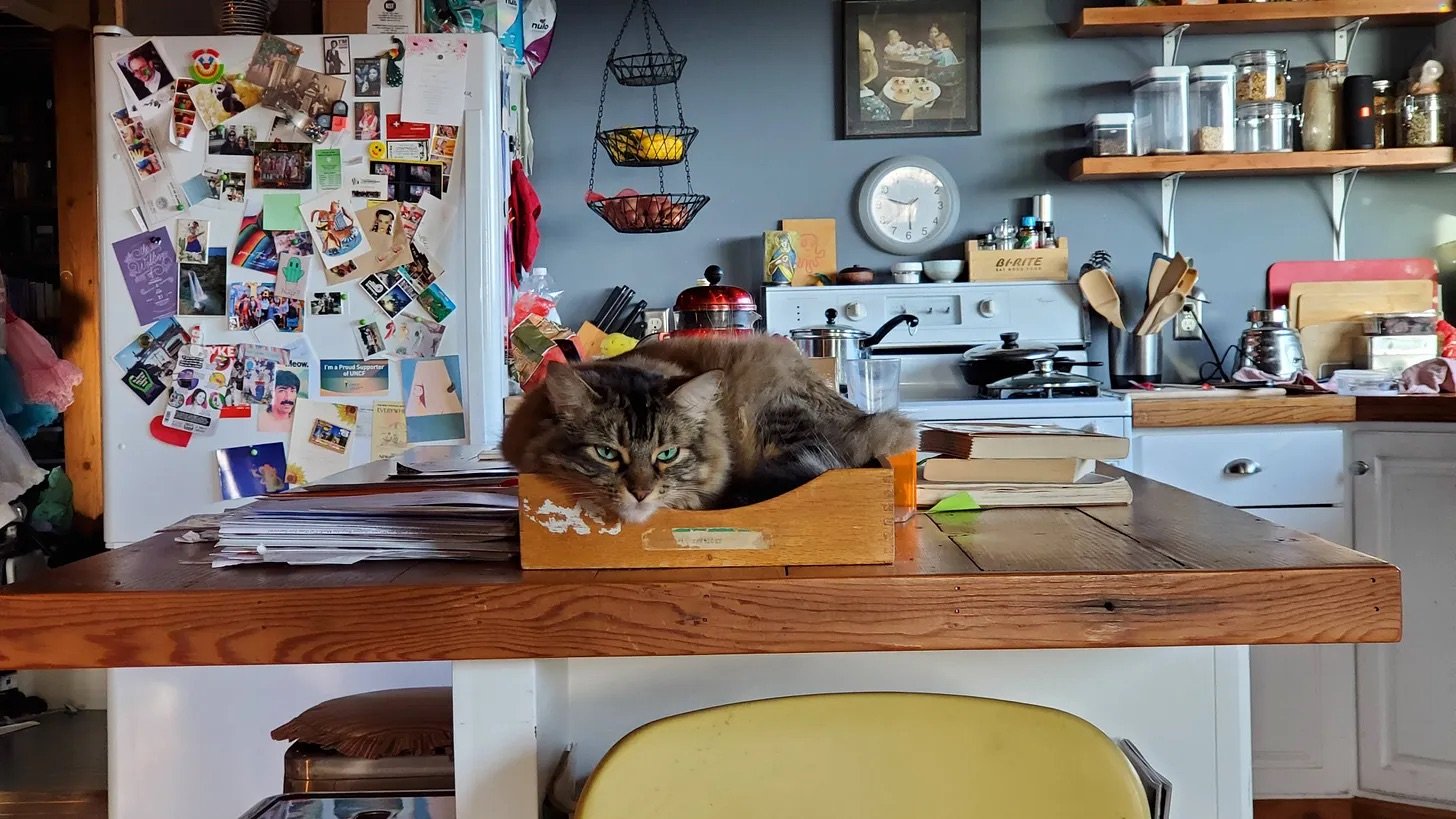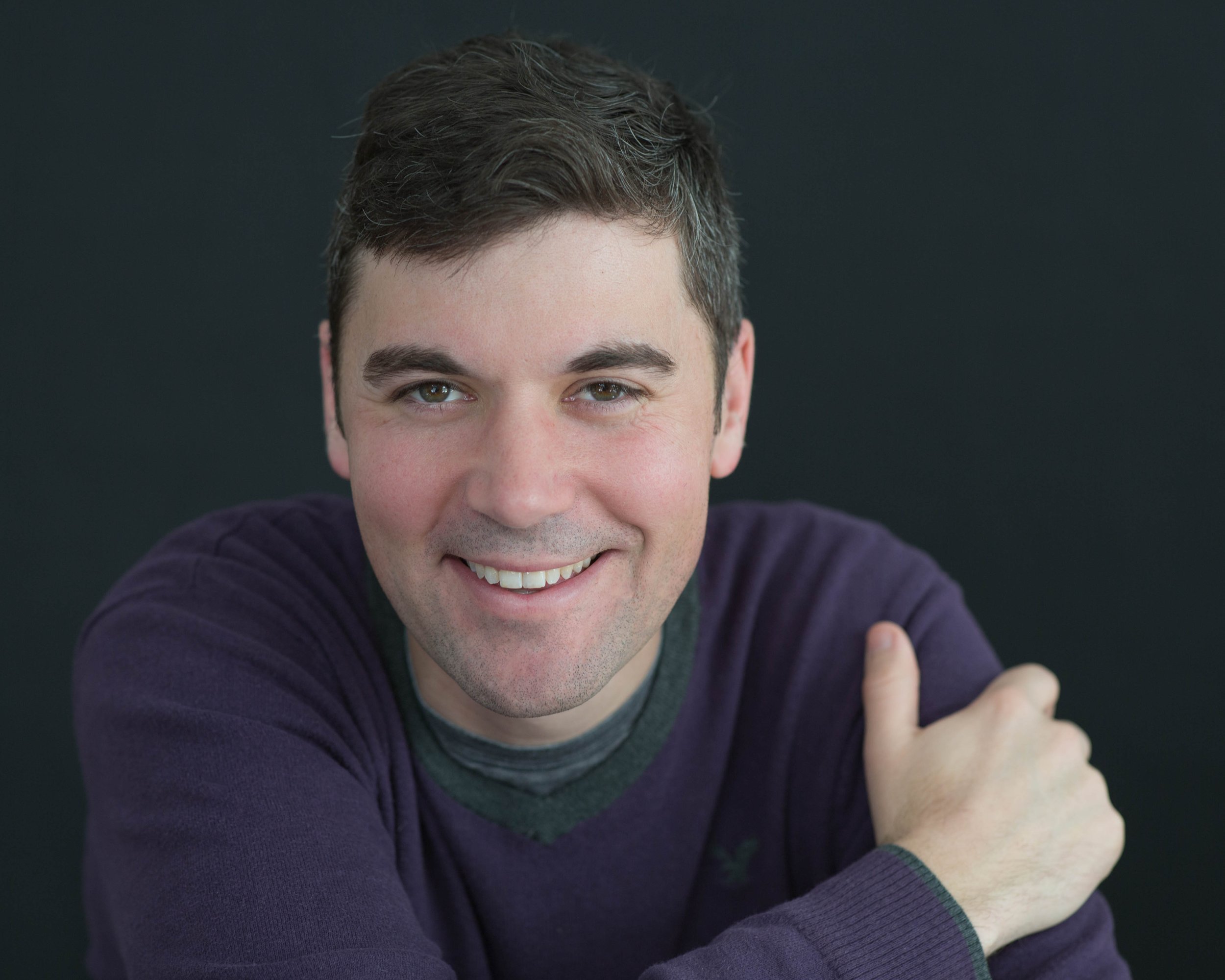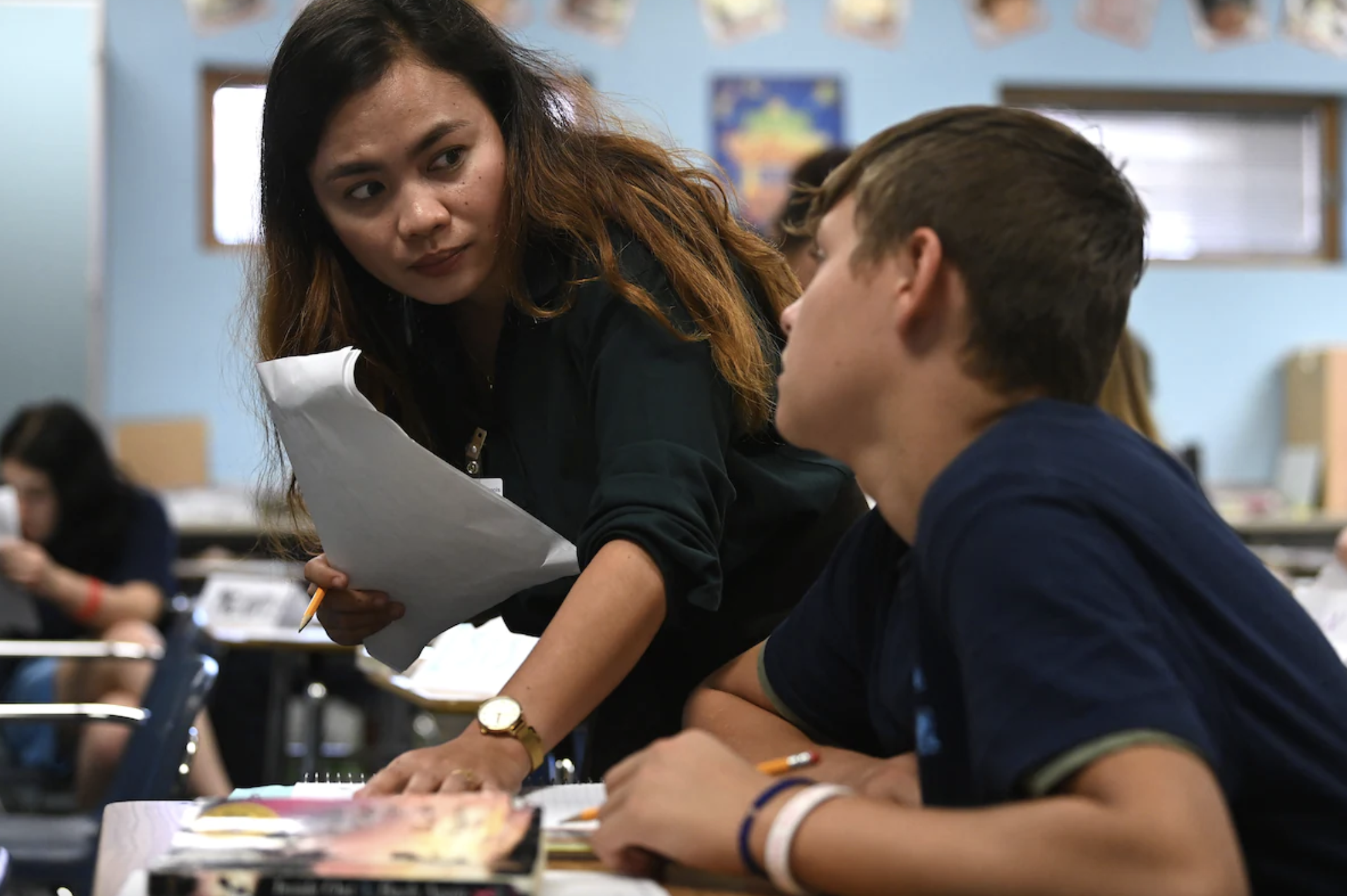My favorite three articles and my favorite interview of the year
Loyal Readers, it’s that time of year again. Let’s reveal the best articles and interviews of the past year, shall we? But before the unveiling, two quick things:
Thank you for another great year. Together we discussed 10 phenomenal articles, interviewed 10 talented authors, and published 50 issues that included more than 150 oustanding pieces on race, education, and culture. ⭐️
Want to be inducted into The Highlighter Hall of Fame? Here are my favorite articles over the past five years. Several went on to win Pulitzers and Kirkus awards. One became the title essay of The 1619 Project. I challenge you to read all of them and then tell me which one is your all-time favorite.
2021: “Twelve Minutes And A Life,” by Mitchell S. Jackson
2020: “Lost In Summerland,” by Barrett Swanson
2019: “America Wasn’t a Democracy Until Black Americans Made It One,” by Nikole Hannah-Jones
2018: “The 79 Bus,” by Brian Broome
2017: “When Things Go Missing,” by Kathryn Schulz
OK, are you ready for this year’s winners? (And: Can you predict them?)
Here we go: I’m really pleased with this year’s winners. The selection process was rigorous. After scanning all 150 pieces, I chose 11 semifinalists, reread them all, and then narrowed the list down to the best of the best. They’re outstanding, and I hope you enjoy (re)reading them. If you’re moved, I’d love to hear which one is your favorite.
A happy break and holiday to you. See you in the New Year! I’m taking two weeks off, back Jan. 5. And one more time: Thank you for your readership.
1️⃣ A Kingdom From Dust
Ever had a Cutie? 🍊 Or a bottle of Fiji water? Or a glass of pomegranate juice?
Maybe you prefer nuts — like maybe almonds? Or pistachios, perhaps?
If you answered yes to any of those questions, you support the empire of billionaires Stewart and Lynda Resnick, the king and queen of California agriculture, who control not only hundreds of thousands of acres of land, but also billions of gallons of water every year, not to mention the livelihoods of thousands of mostly undocumented people who work in their vast fields and live in their company town.
I deeply appreciated this article (and so did many of you) because of what I learned about my home state – namely, how much power its big farmers wield, how little power its farmworkers possess, how messed up its water policies are, and how our desire for delicious produce in the supermarket is influencing climate change, contributing to wildfires, and literally making the land underneath our feet sink.
This article has it all. Not only will you meet the Resnicks, but you’ll also learn about how they schemed their way to the top, stealing water to protect themselves from drought; how they built a company town, keeping their laborers dependent on philanthropy; and how they destroyed the environment, planting trees where they don’t grow and ripping out trees where they do.
And if you step back, as Mr. Arax encourages us to do, you’ll realize how fragile California is, and how dire our situation is — how we’ve managed to construct an enormous agricultural apparatus because of people’s ambitions for fortune, one that the country depends on, but one that fundamentally does not work, and one that will inevitably fail sooner rather than later.
After all, no matter how strong California dreaming is, there’s just no escaping the reality that 40 million people are living in a desert that’s getting drier.
➡️ Click here to read the article (89 mins)
2️⃣ Monuments To The Unthinkable
Clint Smith: “It is impossible for any memorial to slavery to capture its full horror, or for any memorial to the Holocaust to express the full humanity of the victims. No stone in the ground can make up for a life. No museum can bring back millions of people. It cannot be done, and yet we must try to honor those lives, and to account for this history, as best we can. It is the very act of attempting to remember that becomes the most powerful memorial of all.”
I deeply appreciated this article for a number of reasons, including:
Dr. Smith acknowledges that Germany did not immediately build monuments after World War II and explores the current debate among Germans that their accounting of the past is merely performative.
When Dr. Smith takes you to Berlin’s Grunewald Station or walks past a Stolperstein or visits the Memorial of the Murdered Jews of Europe, he makes sure to pause, reflect, and bring his experience to you.
He emphasizes that people, not governments, construct memory and memorials. He writes, “Germany’s most powerful monuments did not begin as state-sanctioned projects, but emerged — and are still emerging — from ordinary people outside the government who pushed the country to be honest about its past. Americans do not have to, and should not, wait for the government to find its conscience.” (55 min)
3️⃣ Unspeakable Pain: What Doctors Don’t Hear
When Lina María Ferreira Cabeza-Vanegas goes to serve as a volunteer medical interpreter in a free clinic in Chicago, her trainer says, “Remember, you are not really there. Never, ever, add a single word to what is said. That is not your job.” Prof. Ferreira Cabeza-Vanegas wants to follow the rules. But an interaction between an insensitive doctor and a frightened patient (who looks “just like and nothing like me”) prompts her to go off script. (14 min)
Some articles shout out “Pick me for best-of!” This one was quieter, more subtle. The writing’s power and the piece’s nuance deepened with each re-read.
+ Content warning: This article includes a discussion of a suicide attempt.
4️⃣ An interview with Mitchell S. Jackson, author of “Looking for Clarence Thomas”
I never forget how lucky I am to be doing Article Club. Not only have I met so many of you, and built a thoughtful reading community together, but I’ve also had the opportunity to interview the most talented authors out there. One of them is Mitchell S. Jackson — the Pulitzer Prize-winning author of “Twelve Minutes and a Life” (last year’s Article of the Year). The interview that Sarai and I got to do with Mr. Mitchell was my favorite one of the year.
Mr. Jackson was kind and gracious from the start. He laughed that I insisted on calling him Mr. Jackson. And right from the first question, everything felt natural, like we were talking to a friend rather than to a famous writer whose prose is changing the canon (Sarai’s words, and I agree!) of longform nonfiction.
We talked about a number of topics, including:
how he didn’t want to write about Clarence Thomas at first
how his trip to Pin Point inspired the piece’s opening
how James Baldwin’s writing helped him understand Mr. Thomas, and
how Mr. Thomas is a man of deep contradictions, whose time on the Supreme Court has caused “dramatically malevolent things to wide swaths of Americans”
Most of all, though, Mr. Jackson talked about the craft of writing, how if he’s going to spend months on a feature story, he wants to push himself, he wants to break convention, he wants to do something new with form.
I’m very much concerned with the sentence. I’m almost concerned with the sentence over the story. And so the benefit of writing nonfiction is that, You don’t have to invent the scenes, but the kind of ethos of wanting to make beautiful sentences, that’s really what I want to do.
Thank you for another great year of The Highlighter Article Club. Hope you appreciated the journey. Feel free to share your thoughts. I’d love to hear from you.
To our new subscriber Janet, I hope you find the newsletter a solid addition to your email inbox. To our long-time subscribers (Niowan! Nolan! Neelan!), you’re pretty great. Loyal reader Mik, thank you for sharing the newsletter and getting the word out.
If you like The Highlighter Article Club, please help it grow. I really appreciate your support. Here are two ways you can help out:
❤️ Become a paid subscriber, like Tammy and Jason (thank you!). You’ll join an esteemed group of readers who value the mission of The Highlighter Article Club. Plus you’ll receive surprise perks and prizes. (The hoodie is next!)
📬 Invite your friends. Know someone who’s kind, thoughtful, and loves to read? Share with them today’s issue and urge them to subscribe. Word of mouth is by far the best way to strengthen our reading community. Thank you very much for spreading the word.
On the other hand, if you no longer want to receive this newsletter, please feel free to unsubscribe. See you next in the New Year on Thursday, Jan. 5, at 9:10 am PT!



